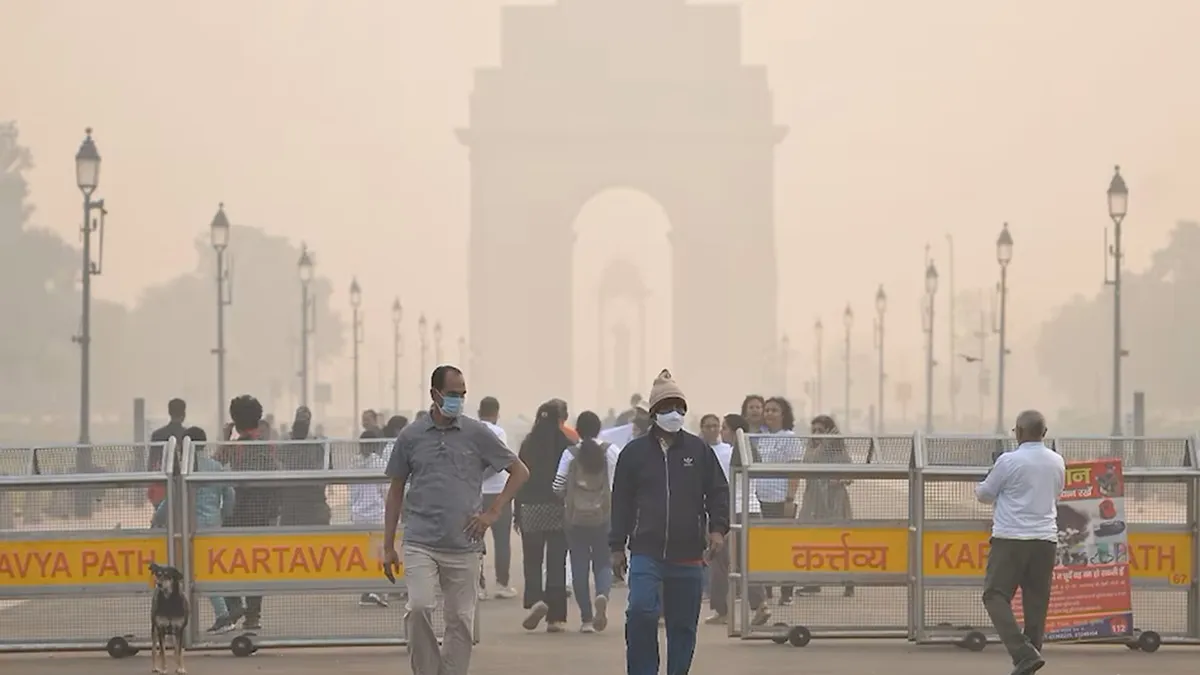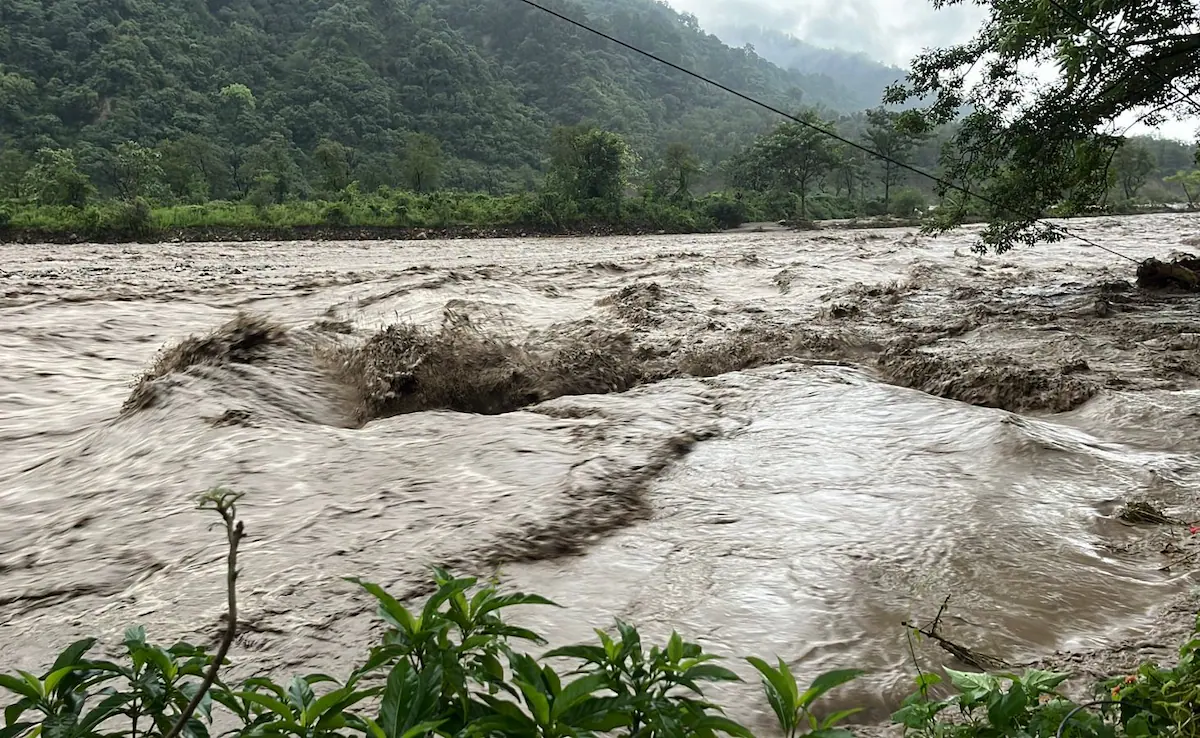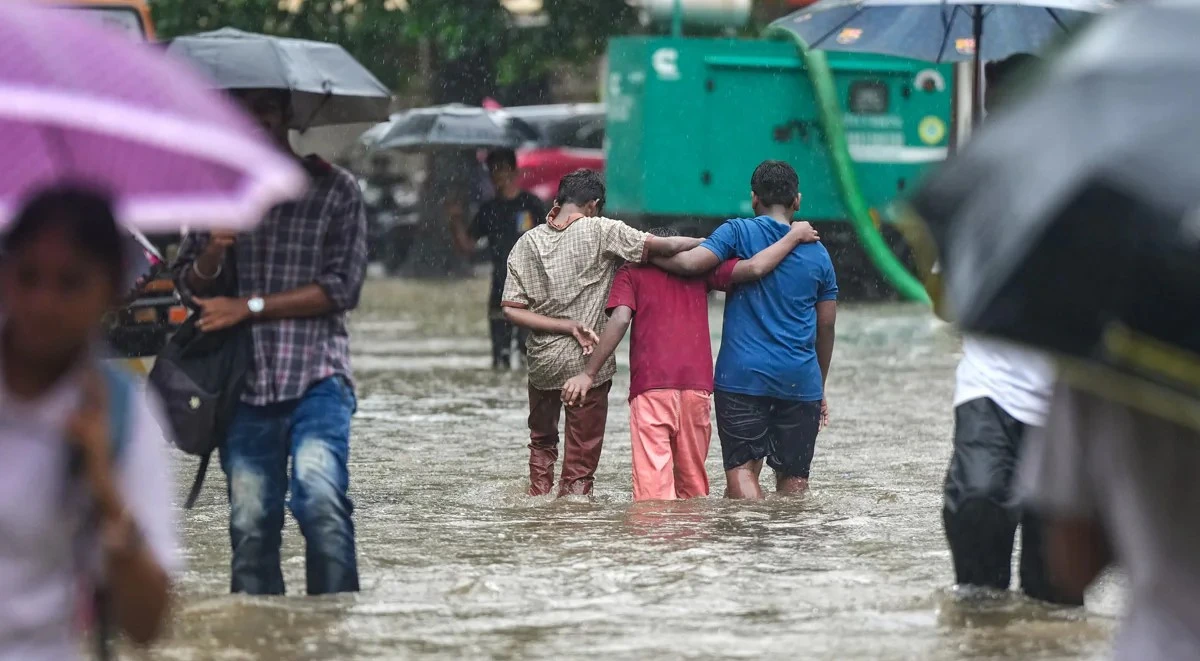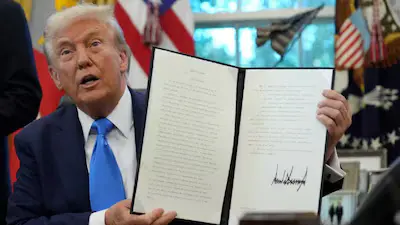Delhi’s New Anti-Pollution Rules 2025: Full Action Plan to Clean the Capital's Air
Delhi has rolled out a fresh set of anti-pollution measures in 2025 as part of its aggressive mission to curb air pollution. These updated rules target vehicle emissions, construction dust, public engagement, and innovative technologies to combat smog. With air quality levels worsening during summer and winter months, the government is now enforcing stricter rules, modern solutions, and community-led initiatives.
Let’s explore Delhi’s complete anti-pollution strategy for 2025:
1. BS-VI Only Commercial Vehicles Allowed
From November 1, 2025, only BS-VI compliant, CNG, or electric commercial vehicles are allowed to enter Delhi. This applies to vehicles from other states too. The decision aims to cut down on diesel emissions, which remain a major source of particulate pollution.
To support enforcement, Automatic Number Plate Recognition (ANPR) cameras are being installed at all key entry points and fuel stations. Vehicles that don’t meet the norms will be denied entry and can be fined digitally.
2. Mandatory Anti-Smog Guns on High-Rises
All buildings above 45 meters in height, including commercial complexes, hotels, and offices, are now required to install anti-smog guns. These devices spray fine mist into the air to trap PM2.5 and PM10 particles. They’ve shown measurable success during trials and will now be standard infrastructure for pollution control.
This rule applies to both new and existing buildings. Developers and owners must install and operate these machines continuously, especially during peak pollution months.
3. Water Sprinklers and Mobile Smog Guns by MCD
The Municipal Corporation of Delhi (MCD) has launched a large-scale initiative using 1,000 water sprinklers and 140 mobile anti-smog guns across pollution hotspots. These vehicles are especially deployed in areas with open dust, market zones, and heavy traffic intersections.
This is part of a citywide dust suppression strategy to reduce suspended particles caused by vehicular movement and construction.
4. Construction Site Regulations Tightened
All construction or demolition (C&D) sites larger than 500 sq meters must now be registered with the Delhi Pollution Control Committee (DPCC). These sites must install:
-
On-site water sprinklers
-
Wind-breaking walls
-
Dust screens
-
Use of recycled or wet materials to avoid loose particles
Real-time monitoring is being implemented with AI-powered cameras to detect and report dust violations. Sites without dust control measures will be sealed.
5. Cloud Seeding to Induce Artificial Rain
Delhi has also approved cloud seeding technology as a pollution-reduction experiment. The goal is to induce artificial rain during peak smog periods to bring down pollution levels.
This project is supported by IIT-Kanpur and IMD, aiming to trigger localized showers when natural rain is absent. It is a part of the long-term scientific strategy to control high AQI levels during the post-monsoon period.
6. GRAP Stage-Wise Air Control System
Delhi follows the Graded Response Action Plan (GRAP) to control pollution in phases:
-
Stage I: Construction dust control, DG set restrictions, and banning garbage burning
-
Stage II-IV: Progressive shutdown of industries, vehicle restrictions, and school closures if needed
The Commission for Air Quality Management (CAQM) monitors daily AQI to trigger or withdraw GRAP measures. In May 2025, Stage I was activated and later lifted within 3 days after AQI improvement.
7. Green Delhi Movement: Tree Plantation and Students as Changemakers
A new campaign called “Ek Ped Maa Ke Naam” is targeting the plantation of 7 million trees in 2025. Citizens are encouraged to plant and register their saplings online. Government offices, parks, and private campuses are major contributors.
Also, through MY Bharat, students above 15 are being mobilized as environmental volunteers. Monthly themes like clean roads, no plastic zones, and dust-free neighborhoods are being promoted in schools and colleges.
8. Use of Technology for Pollution Monitoring
Several new tech systems are being deployed:
-
ANPR cameras at tolls and petrol pumps
-
AI-based construction site monitors
-
Air quality sensors in all zones for real-time alerts
These tools will assist authorities in predictive analysis and help enforce rules efficiently.
Conclusion
Delhi’s anti-pollution rules for 2025 reflect a focused, scientific, and citizen-driven approach to tackling air quality issues. From BS6-only vehicle restrictions to artificial rain and school-led green missions, the city is making a bold statement in environmental governance.
By combining tech, regulation, and community engagement, Delhi hopes to bring a sustainable improvement to its air quality levels. Whether you're a resident, visitor, or stakeholder, it’s time to comply, contribute, and breathe cleaner air.









